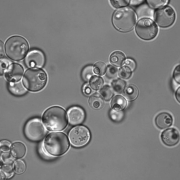Acoustic ecology
Passive and active acoustics each contribute to the development of an acoustic ecology through different but non intrusive and non destructive methodologies. At the scale of aquatic ecosystems, active acoustics (sounder, sonar) allows the description of the “biotic landscape”, at high spatial and temporal resolutions, providing the distribution and density of nekton, micronekton and zooplankton present between the surface and the sea bed; fronts such as the thermocline or oxycline, can also be detected. Trophic relationships or physical/biological interactions can thus be highlighted. However, clarifying these remains a complex subject. Furthermore, for the intermediate trophic levels, biomass estimates, which are essential for many research projects (trophic environment of predators, hot spots to be preserved, contribution of nycthemeral migrations to carbon flows, improvement of biogeochemical or ecosystem models), require the recognition of organisms (gelatinous, crustaceans, mesopelagic fish), which remains a real challenge. Passive acoustics listens to and studies sounds from anthropophony (boats, threshing, fishing, etc.), from geophony (rain, waves, etc.) and from biophony. In invertebrates, passive acoustics is used in a wide range of applications, including the detection and identification of cryptic or endangered species, the estimation of population density, the location of individuals, and the monitoring of activity rhythms and the reproduction period. In the near future, passive acoustics should be able to offer new tools for assessing the health of marine ecosystems by combining biology, ecology, signal processing and artificial intelligence.
New methodologies for observing coastal marine environments are being developed.

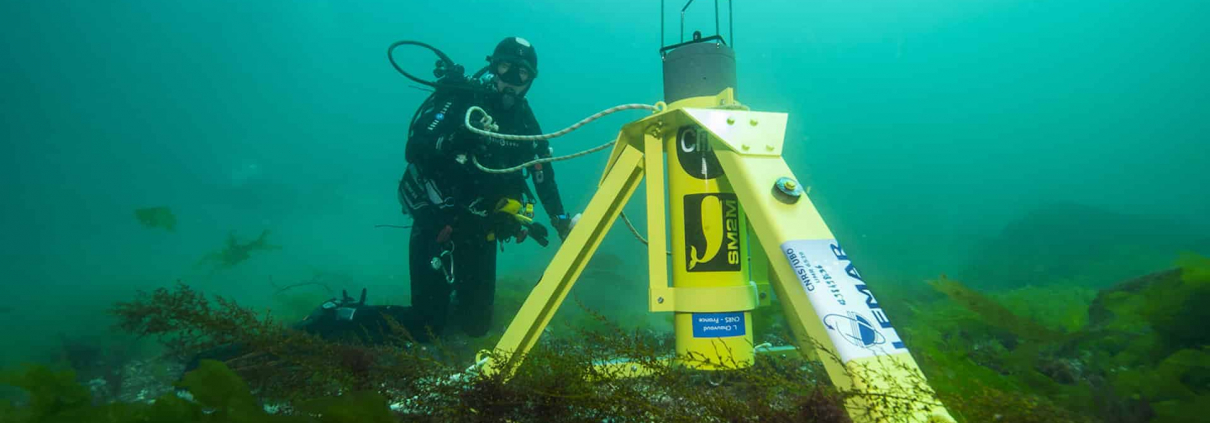
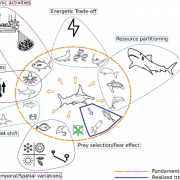

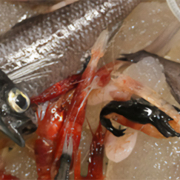
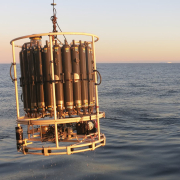
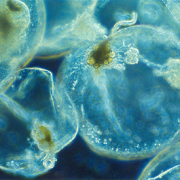 http://planktonnet.awi.de (provided under a Creative Commons Attribution 3.0 License)
http://planktonnet.awi.de (provided under a Creative Commons Attribution 3.0 License) 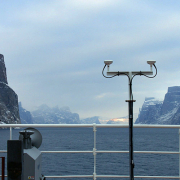 Jean- Pierre Aubé
Jean- Pierre Aubé 
